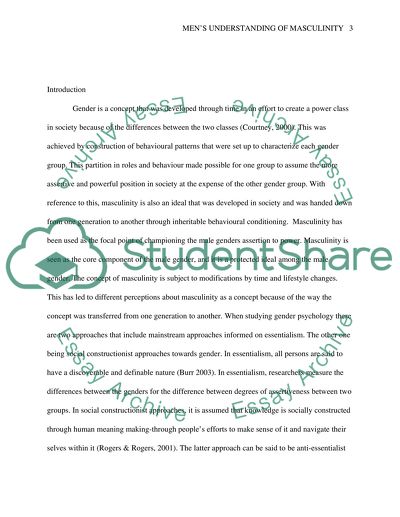Cite this document
(“An Investigation into Men's Understanding of Masculinity using Research Paper”, n.d.)
Retrieved from https://studentshare.org/psychology/1404353-qualitative-research-report
Retrieved from https://studentshare.org/psychology/1404353-qualitative-research-report
(An Investigation into Men'S Understanding of Masculinity Using Research Paper)
https://studentshare.org/psychology/1404353-qualitative-research-report.
https://studentshare.org/psychology/1404353-qualitative-research-report.
“An Investigation into Men'S Understanding of Masculinity Using Research Paper”, n.d. https://studentshare.org/psychology/1404353-qualitative-research-report.


